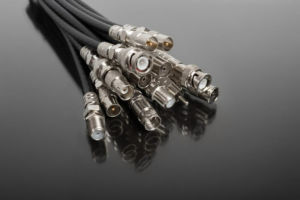Photovoltaic cable is a special cable designed for solar power generation systems. Photovoltaic cable is also called solar cable. Its structural shape is generally single-core circular or double-core parallel lines.
It is a cable that uses sunlight as its energy source and uses the photovoltaic effect to convert sunlight into electrical energy. The energized part uses solar panels for photoelectric conversion, converting solar energy into direct current, which is then transmitted through photovoltaic cables and finally output to the load end.
Therefore, photovoltaic cables can not only transmit electricity, but also generate it themselves.
Photovoltaic cable structure:
Photovoltaic cables are mainly composed of solar panels, conductors, insulation layers and sheaths.
Photovoltaic cable characteristics:
It has the characteristics of weather resistance, high temperature resistance, friction resistance, etc. It has an ultra-long service life. The high-quality oxygen-free tinned copper conductor ensures superior conductive effect. The high-performance insulation material and sheath material cross-linked by high-energy electron accelerator radiation provide reliable insulation and mechanical properties.
Photovoltaic cable characteristics
Photovoltaic cables have the following characteristics:
– Resistant to ozone, UV rays, water vapor
– Lead-free, halogen-free, flame retardant, very low smoke emission
– Oil resistant
– Resistant to chemical corrosion
– Temporary overload of conductors up to +400°C
– Ambient temperature: -40°C to +110°C (TUV upper limit +90°C)
– Can still maintain good flexibility under low temperature conditions
– Resistant to cuts, tears and crack propagation
– The insulation layer and outer sheath can be stripped off in one go
– Service life exceeds 20 years (+90℃)





